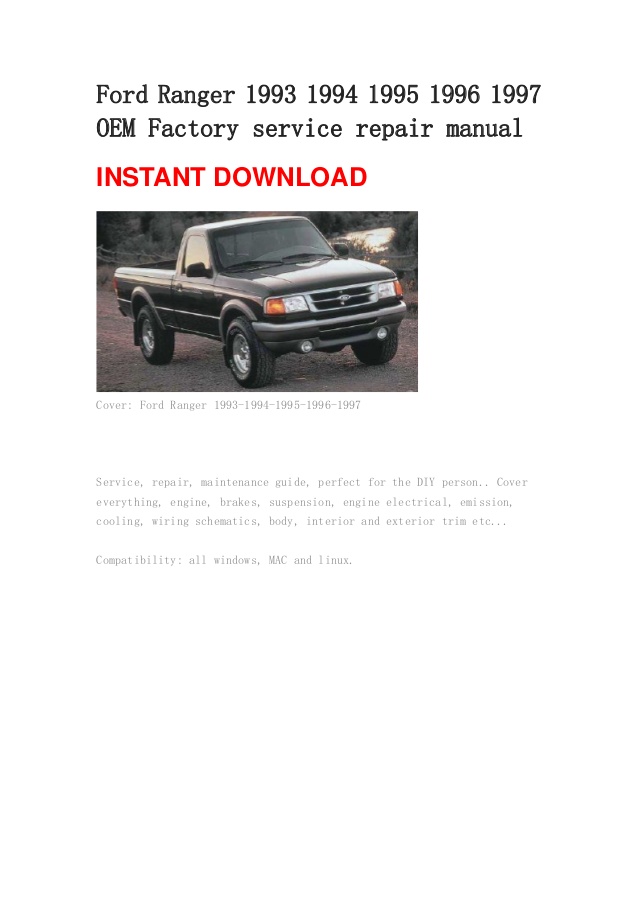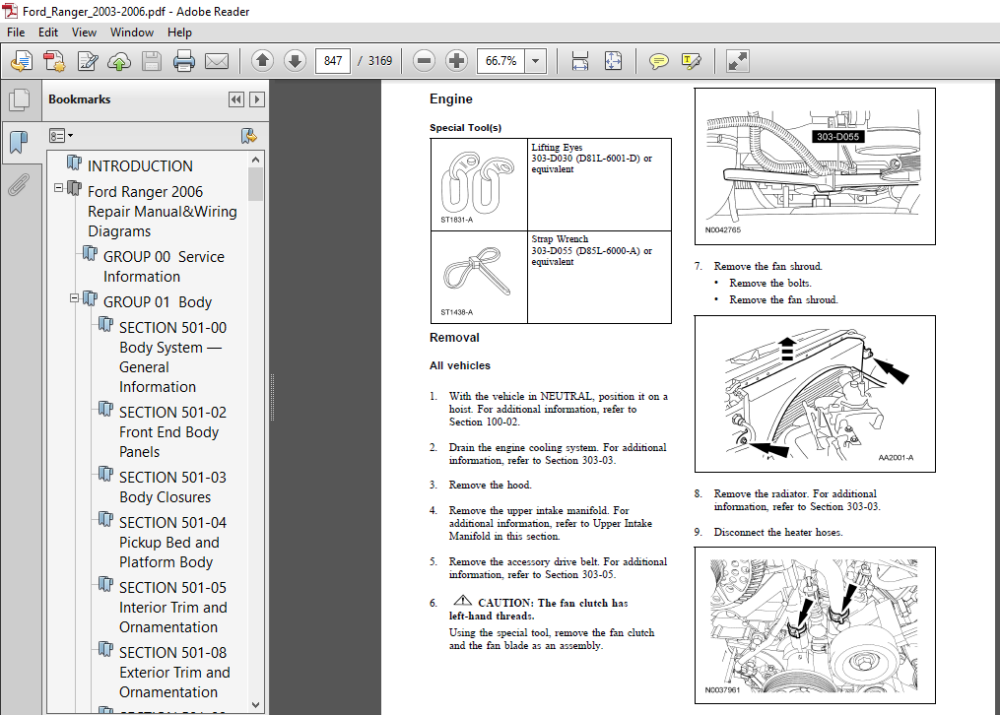

After several years of development, and a considerable amount of money, the first American compact pickup truck was ready for production. To meet these goals, the focus of project Yuma was on flexibility, quality and overall efficiency. This called for lighter vehicles and smaller engines. With the upcoming years bringing strict fuel economy and emission standards, all manufacturers faced challenges of downsizing. Starting in 1976 under the codename Yuma, this project was crucial for Ford and their future role in the light-truck market. Only noticeable differences were the front grille, which resembled larger F-series and large single headlights that did away with the small double ones on the Japanese sibling.Īlongside with the Courier, which was a temporary solution from the start, Ford started developing their own compact pickup truck. These two models shared chassis, engines, gearboxes and most of the body work. Being designed and manufactured by Mazda itself, this was a textbook example of badge engineering. The first compact pickup truck with blue oval emblem, called Courier, was a rebranded Mazda B-Series truck. As a countermeasure, Ford resorted to stop-gap solutions, just like GM and Chrysler, who partnered up with Isuzu and Mitsubishi. Vehicles like Datsun 521 and the original Toyota Hilux started gaining popularity. When it comes to pickup trucks, only Japanese manufacturers were prepared for this environment. This situation caught the Big Three off-guard, as they had only several models aligned with market demands of that time. This made buyers turn their focus from big, gas-thirsty vehicles to smaller and more efficient variants. During the 70s, frequent conflicts in the Middle East hampered supply of crude oil and caused fuel shortages.

This story, just like many other things in the automotive industry, starts with a crisis. Throughout these years, it held a considerable market share and rack up respectable sales figures of over 7 million units sold. Ranger is Ford’s attempt in a crowded compact pickup truck, whose production spans for several decades and four generations.


 0 kommentar(er)
0 kommentar(er)
